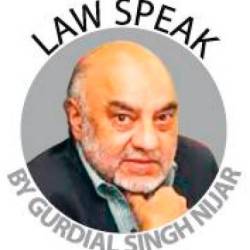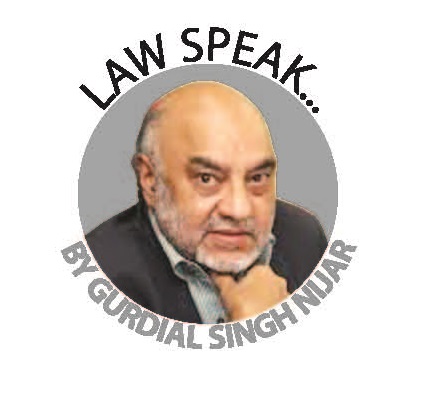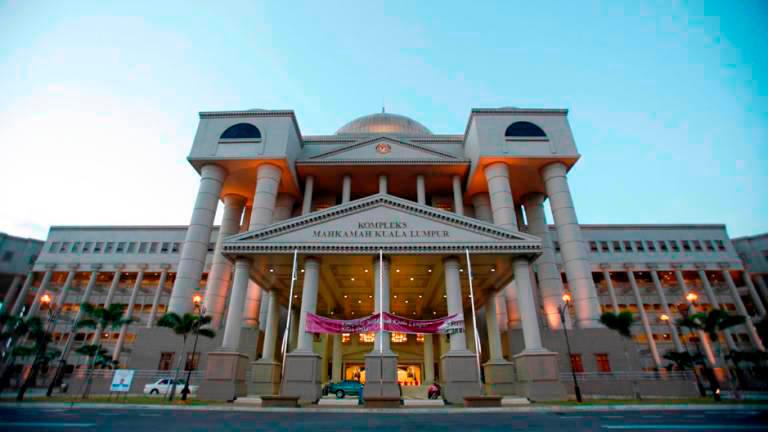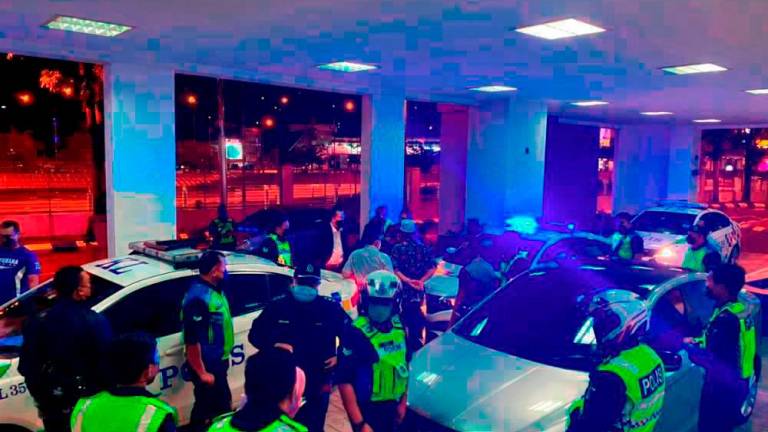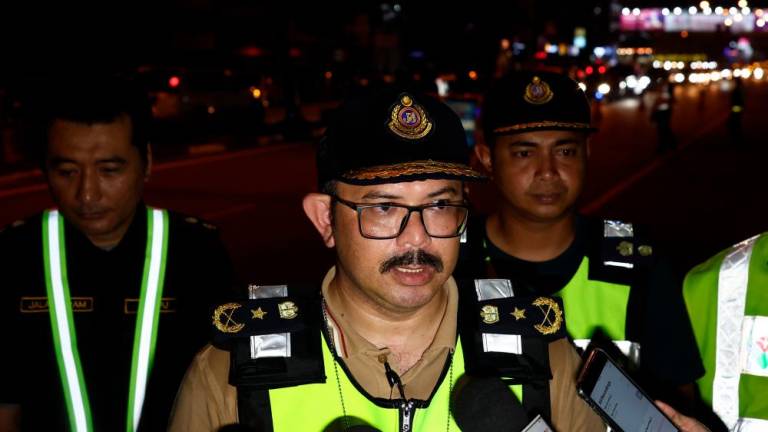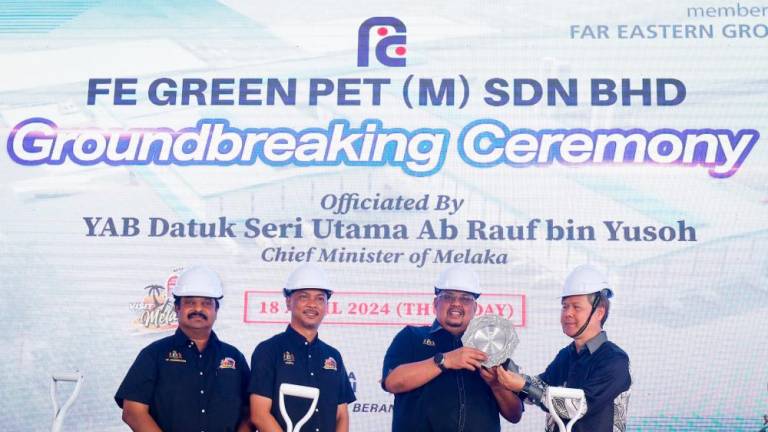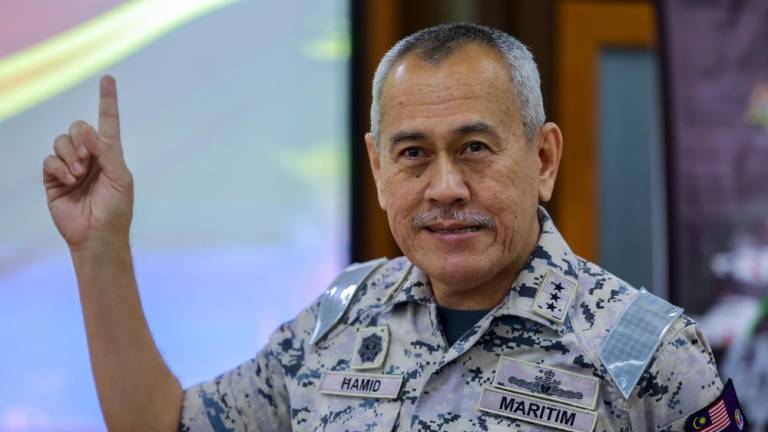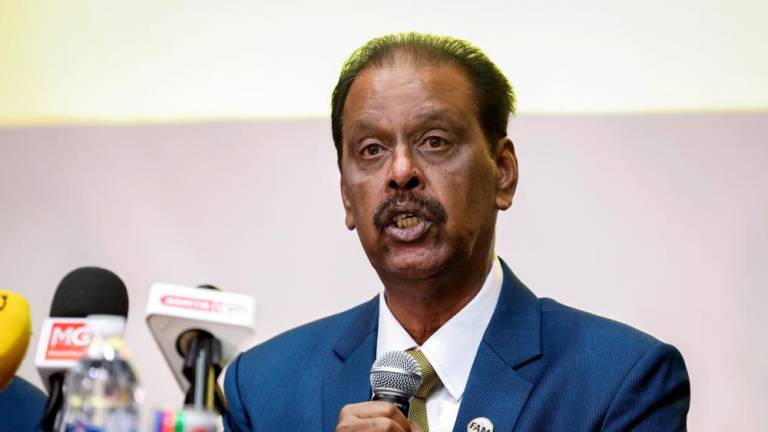FOR the first time in our country’s history, the New Malaysia government has formulated a National Anti-Corruption Plan (NACP). It aims to eliminate all forms of corruption by 2023. It reflects, says the prime minister, the people’s expectations for a greater corrupt-free nation that promotes transparency, accountability and integrity culture in every Malaysian.
The trials of several past leaders show the seriousness of the government’s commitment. Many others have been hauled up. With millions discovered stashed in houses and hidden in family accounts. Worse, the “kleptocracy” image of Malaysia has hurt us badly. All this makes clear that the malaise of corruption is deeply embedded in the fabric of our society. It has serious deleterious effects at many levels. This plan then is both timely and critical.
But the fight against corruption cannot just be a matter of law and order; of hauling corrupt suspects through the criminal justice system – although efforts to strengthen and make more effective this enforcement system cannot be discounted.
You see, corruption has larger and wider implications. It must be viewed as a violation of human rights. Because it leads to the failure of institutions of governance which not only results in a lack of law enforcement measures; it exacerbates, as well, development problems. Those most severely affected are invariably the less well to do and especially the B40 citizenry group.
The rights that are adversely affected by corruption are manifold: first is the right to equality, that is guaranteed by the Federal Constitution. People unable or unwilling to bribe are discriminated against. Affecting not just civil and political rights but also economic, social and cultural rights. Such as the right to freedom from torture, right to a fair trial, right to food or right to health services. Corruption violates the human rights of those entitled to these services.
Once corruption is seen as a rights violation, it would empower the citizenry and civil society groups to expose these practices and seek redress. This goes beyond just reporting the crime to an enforcement agency and expecting it to pursue the suspect.
Corruption couched in the language of human rights violations also provides the government the basis to act proactively to protect these human rights. Governmental authorities as well as courts will then become a channel to scrutinise the corrupt acts. Courts in particular can be the sentinels to strike down corrupt acts if they make a mockery of democracy and undermine the rule of law. Thus promoting corruption-free governance. This in turn would ensure not only proper redress for the victims of corruption but also deter future violations.
Our judges have spoken out against the need to act against corruption in a non-criminal law context. As where a retired army person was accorded the right to sue a chief minister for corruptly usurping land meant for the poor. Justice Wan Yahya said in 1982 that the judiciary “cannot idly stand as a silent and stony pillar of democracy. The court, in its role as a public watch dog, is not expected to turn a deaf ear to the prevailing public outcry against corruption and abuse of administrative powers by authorities or their officials, however high in rank”.
His lordship accorded standing to any public spirited person wishing to ensure due observation of the law: Mohamed bin Ismail v Tan Sri Othman Saat. Courts have also expanded the constitutional guarantee of the “right to life” to include all facets that make up living with human dignity. This judicial approach is a necessary concomitant to the government’s commitment to banish corruption from our body politic.
Development objectives of a government are linked to the resources it provides. And their efficient and effective use. Monies hijacked by public officials or wasteful expenditure thwart development. Affecting the supply of services to the populace: education, food, health, land rights.
Consider what the massive corrupt siphoning of monies exposed by the 1MDB scandal, the Felda scandal and the like could have done for the poor. Indeed, corruption forms a significant part of the RM1.8 trillion illicit financial flow between 2005 and 2014.
The NACP has rather boldly identified the challenges in eradicating corruption. These include: interference of politicians in government administration and finance, lack of leadership and political will, independence of legislation and enforcement bodies, light punishment for corruption offenders, implications on economic stability, lack of public support and confidence, and threats to national security and sovereignty,
The government’s future measures must go beyond strengthening law enforcement and the independence of the MACC, important as they are. A multi-pronged strategy should include empowering the citizenry and civil society, reforming institutions and their leaders; the declaration of assets by public officials; widening the scope of the Whistleblower Protection Act; enacting a Freedom of Information Act, giving the human rights body – Suhakam more bite so that their recommendations are respected and carried out faithfully; introducing human rights and anti-corruption education in schools and the wider society, empowering the judiciary and other institutions.
Breaking the corruption chain is fundamental. For where corruption breeds, liberty cannot long exist.
Gurdial is the president of the National Human Rights Society, Hakam. Comments: letters@thesundaily.com



